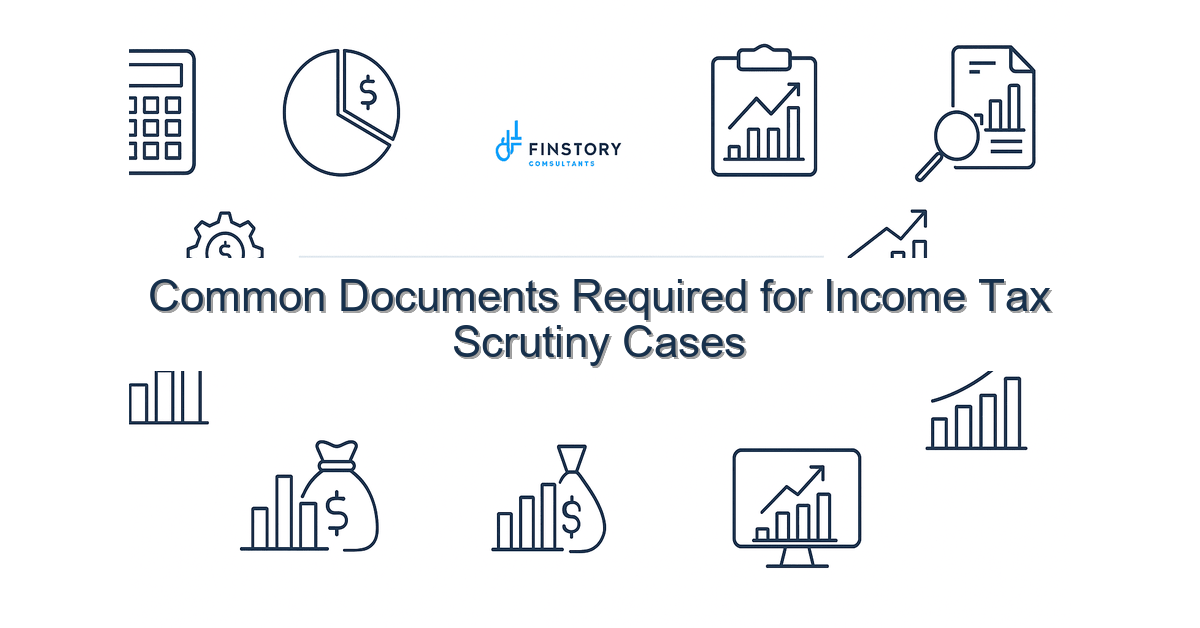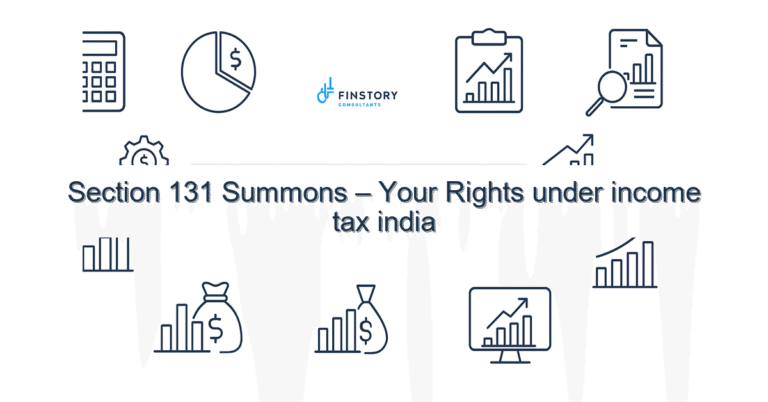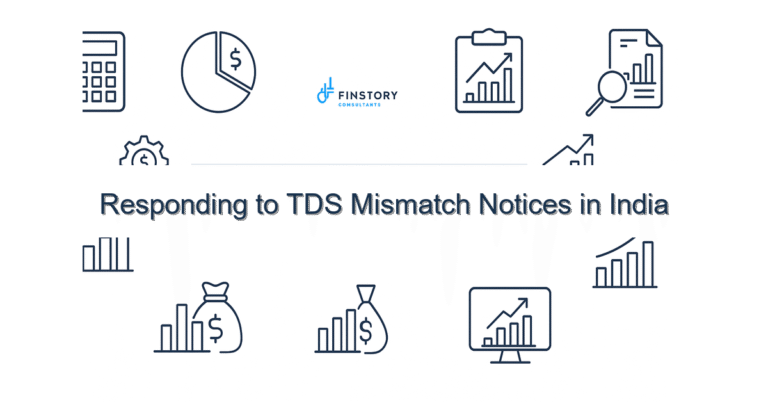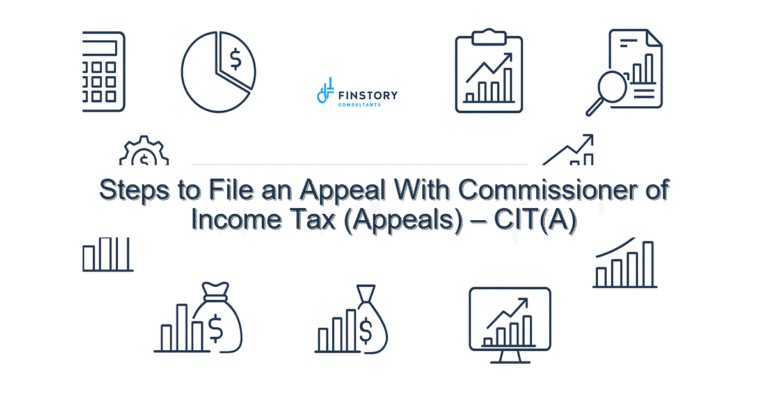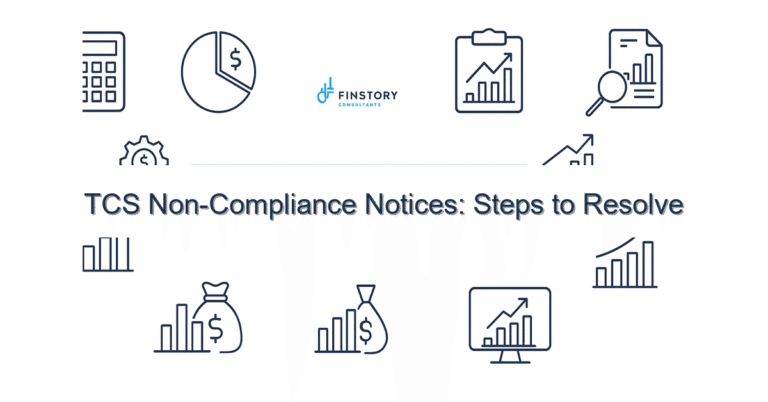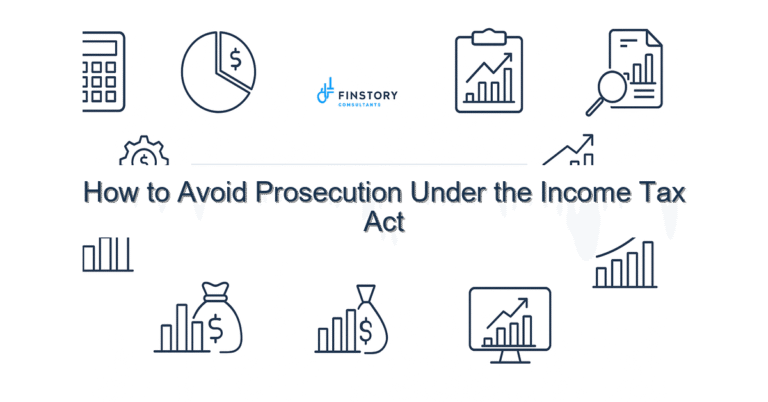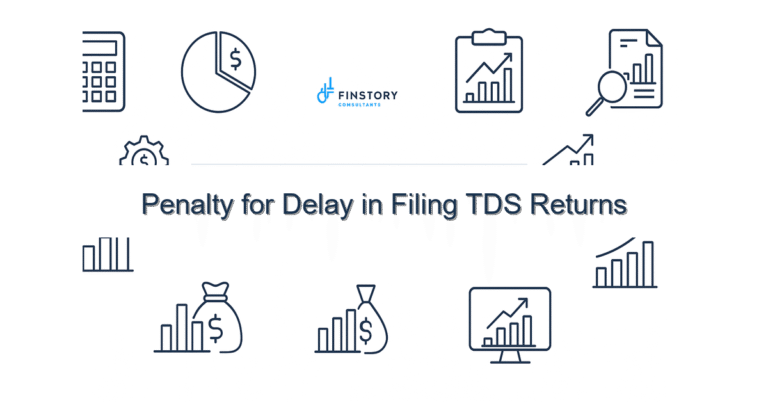Common Documents Required for Income Tax Scrutiny Cases
Receiving a scrutiny notice from the Income Tax Department can feel alarming — especially when you’re juggling work, payroll, business books or investor queries. You’re not alone: many salaried taxpayers, professionals, founders and MSMEs panic about what to gather and how to respond.
Summary: Keep calm and collect core proof: identity, bank records, income evidence, expense bills, statutory statements (AIS/26AS), and computation reconciliations. With a clear checklist you shorten resolution time, protect refunds, and avoid penalties.
What’s the real problem in India?
In India, tax notices often use terms and timelines that confuse even experienced taxpayers: AY/PY (Assessment Year/Previous Year), CBDT timelines and specific forms attached to scrutiny. The department expects you to reconcile figures against the AIS/26AS and supporting vouchers within the deadline — and ambiguity or missing documents escalates risk.
- Missing reconciliations between bank books and AIS/26AS.
- Unclear proof for large deposits, capital gains or business expenses.
- Delayed responses beyond the notice deadline leading to penalties.
What people get wrong
Common pitfalls are straightforward but costly:
- Assuming an email or soft copy suffices without proper certified annexures or audited schedules where required.
- Relying on memory instead of preparing reconciled ledgers, especially for cash-intensive MSMEs.
- Ignoring TDS/TCS mismatches shown in AIS/26AS — many notices originate from such mismatches.
- Not differentiating between capital and revenue receipts; missing capital gains indexation proof or acquisition dates.
A better approach
Think prevention plus preparation. Use a repeatable checklist and a short response pack so you can reply within the CBDT timeline confidently.
- Identify notice specifics: AY, assessment section, and the demanded documents. Note the due date immediately.
- Reconcile AIS/26AS with your books and TDS certificates. Flag mismatches and prepare supporting proof for each difference.
- Assemble primary documents (listed below) and create a one-page cover letter summarising reconciliations and computations.
- If numbers are complex (capital gains, stock options, crypto, overseas remittances), prepare a short computation with working notes and cite legal provisions if applicable.
- Seek expert review before filing the response on the e-filing portal or physical submission.
Real-world story: A Bengaluru tech founder received a scrutiny notice over a large bank deposit from an investor. By providing the investor agreement, escrow receipts, bank statement and reconciliation, the founder resolved the notice within 15 days and retained a pending refund of INR 1.2 lakh — avoiding penalties and investor friction.
Quick implementation checklist
- Note the notice details: section, AY/PY, and due date.
- Download AIS/26AS and Form 26QB/26QC details (if any) for the relevant AY.
- Collect identity & registration: PAN, Aadhaar, company CIN/LLP details, GST registration (if applicable).
- Bank statements for the full PY and the AY till date of notice.
- Income proof: salary slips, Form 16, audited financials (for businesses), invoices, receipts.
- Expense proof: bills, vendor invoices, rent agreements, lease receipts, professional fees.
- Investment proofs: bank FDs, mutual fund statements, broker contract notes, and proof for claims under Section 80C limit (policy documents, receipts).
- Capital assets: purchase/sale deeds, contract notes, date of acquisition for capital gains indexation and computation worksheets.
- TDS/TCS certificates (Form 16/16A), challans, and reconciled TDS schedules.
- One-page reconciliation summary and a polite cover letter citing the attachments. Prepare both soft and physical copies if the notice allows physical submission.
What success looks like
- Faster closure of scrutiny notices — typically within the CBDT timeline or earlier.
- Higher chance of full refunds recovered (where due) without offsets or disputes.
- Fewer penalty assessments and reduced interest charges.
- Clear audit trail for future years — fewer repeat notices.
- Confidence for founders and MSMEs to continue business operations without tax distraction.
Risks & how to manage them
Key risks include late submission, incomplete evidence, and inconsistent reconciliations. Manage them as follows:
- Late response: Request an extension immediately and provide a bona fide timeline.
- Incomplete evidence: Provide interim reconciliations and request time for gathering certified documents.
- Mismatches with AIS/26AS: Prepare a clear note explaining timing differences (e.g., payment vs credit) or claim mistakes and attach proof like bank clearance certificates.
- Complex legal interpretation: Take professional help for disputed items rather than offering an unsubstantiated explanation.
Tools & data
Use available Indian tax tools to simplify work:
- AIS/26AS: The first place to check TDS/TCS credits and reported transactions.
- Income Tax e-filing portal: Submit responses, upload attachments and track notices. Familiarise yourself with e-proceedings.
- TDS/TCS tracking tools and reconciliation software to match books with AIS/26AS.
- Bank and payment gateway statements, GST portal downloads, and broker platforms for contract notes — these reduce manual errors.
FAQs
Q: What is the typical ITR filing last date and does missing it affect scrutiny?
A: The ITR filing last date varies (normal due date vs belated return). Missing the main date can increase scrutiny risk and limit carry-forward losses. File a belated return ASAP and be ready with reconciliations.
Q: My AIS/26AS shows higher TDS than my Form 16. What should I do?
A: Reconcile both: check if any TDS is against bank interest, contract payments or earlier years. Collect 16A/26QB receipts and contact deductors for corrections if needed.
Q: Do I need to provide original documents?
A: Usually, soft copies or certified true copies are accepted for e-submission; however, the department can ask for originals during assessment — keep hard copies ready and notarised copies if feasible.
Q: How do I prove reduced tax liability under new vs old regime slabs or claim deductions like Section 80C limit?
A: Provide proofs of investments (ELSS, PPF, life insurance, principal on home loan, etc.) and a clear computation showing the claim under the chosen regime. If you changed between new vs old regime slabs mid-year, document the rationale and dates.
Next steps
If you have a notice or want to prevent one, start by downloading AIS/26AS and making a one-page reconciliation. For complex items — capital gains indexation, stock options, overseas income, or persistent TDS/TCS mismatches — get expert help early.
Want help preparing a fast, defensible response? Contact Finstory for a review and custom checklist. We’ll review your notice, assemble required documents, and prepare the submission on the e-filing portal or in writing.
Work with Finstory. Speak with an Expert for a personalised plan to reduce your tax outgo and stay compliant. Book a free 20-min consultation.
📞 Need help with Income Tax in India?
Book a 20-min consultation with our tax team. Individuals, founders & MSMEs welcome.
Prefer email or phone? Write to info@finstory.net
or call +91 44-45811170.
